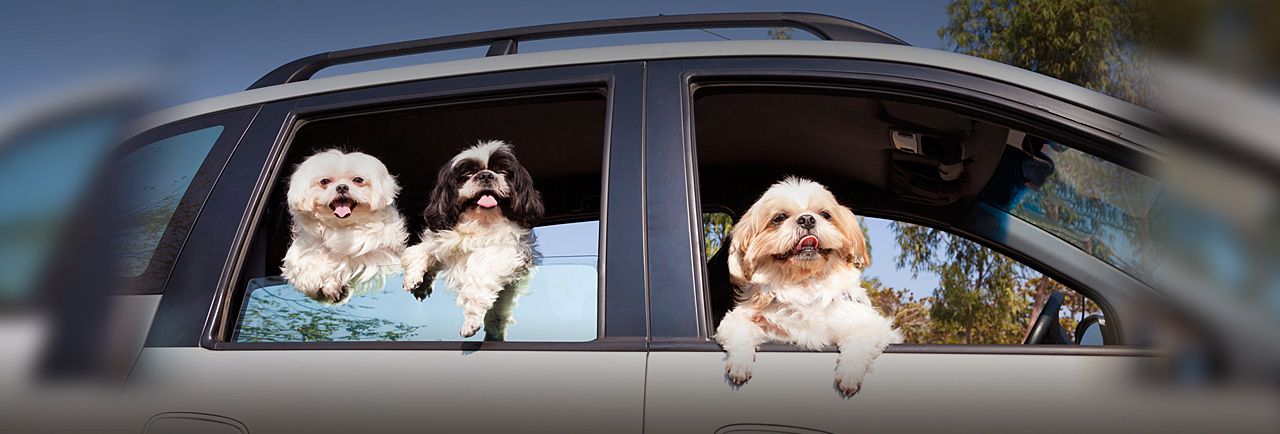 Corgis are very recognizable dogs. They are low to the ground, stocky, and have thick legs and long backs. But did you know there are two distinct types of corgis?
Corgis are very recognizable dogs. They are low to the ground, stocky, and have thick legs and long backs. But did you know there are two distinct types of corgis?
The cardigan welsh corgi and the pembroke welsh corgi have some physical differences and are named for the areas they originated from in Wales. They are both herding dogs and were used to guard children. Both breeds are loving, loyal, and even-tempered. They possess traits that make them great family pets.
Personality and History:
The pembroke corgi is believed to have been introduced to Wales by Flemish weavers back around 1100 and began appearing in show rings in the mid 1920s. Pembroke corgis are low to the ground, have a skull that is wife and flat between the ears, and has a jaw that meets in a scissor bite. Ever been nipped by a pembroke corgi? It stings!
They have slightly rounded edges on their ears and feet that are oval shaped. Pembrokes have a double coat so they wouldn’t be ideal for someone who is allergic to dogs, but for the corgi their double coat protects them from cold weather, mild rain, and wind. Their outer coat is coarse and the undercoat is softer, short, and thick. Pembrokes can come in a variety of colors such as red, fawn, black and tan, and sable. Often times, they have white markings on their legs, chest, neck, and part of their muzzle.
Their legs are straighter than cardigan corgis and their head is a bit more wedge-shaped. Pembroke corgis also have no tail or a tightly curled tail. The tail is the easiest way to tell the difference between the cardigan and pembroke.
Pembroke corgis are active little guys and should be exercised, have plenty of socialization, and go out for walks on a daily basis. They may be short but they are full of energy and comical. They are active and intelligent and cal learn commands and tricks quickly. The breed is good for those who aren’t very dog experienced since they are easy to train compared to some other breeds like the shiba inu.
This breed is alert and will bark to let you know if something is happening. They can make great watchdogs but some of them may bark excessively to make sure you KNOW something is going on.
When the pembroke plays you may find them nipping at your heels or at other dogs’ legs; this is because they are herding dogs. It is one trait you may want to address if you decide to own a corgi. They thrive in families and are affectionate and often get along with children and other pets in the home. Corgis need quality time or they can become bored and may end up showing their boredom by destroying items in the home or chewing on things like the legs of a table or couch.
They don’t shed too much but do require grooming on a regular basis. Simply brushing them weekly should do the trick. When the seasons change and the weather gets warmer, they may need to be brushed a few times a week to cut down on the tufts of fur you may find around the house.
Heath-wise, because they have long spines they can be subjected to arthritis and spinal issues, especially if they are overweight. Their lifespan ranges from 12 to 16 years and can be in great health if they are kept at an ideal weight and exercised regularly with a good diet. They can be prone to hip dysplasia and some eye issues but a good breeder works to reduce the occurrence of these issues.
Corgis are funny dogs with quirks that are unique to each dog. Some play with water and will dig in their water bowl, others may like to wrap themselves up in a blanket as if they are in a burrito and then peek out with a big smile. They are great dogs and can bring hours of fun and love to a house. If you are interested in owning a Pembroke Corgi, check out the Pembroke Welsh Corgi Club of America. They have great information about finding a breeder and rescue sites.


 PetsWelcome
PetsWelcome



Facebook Comments